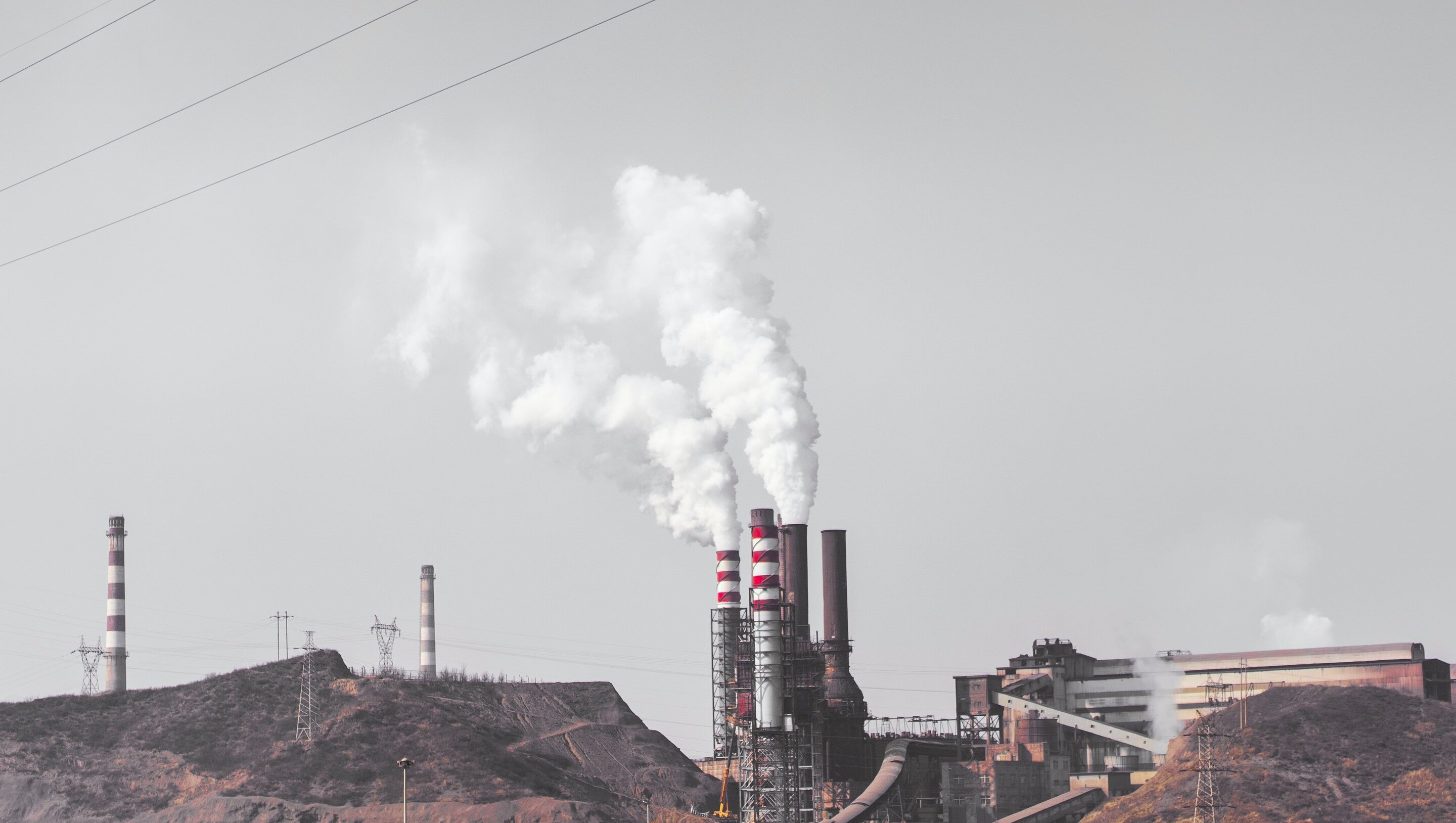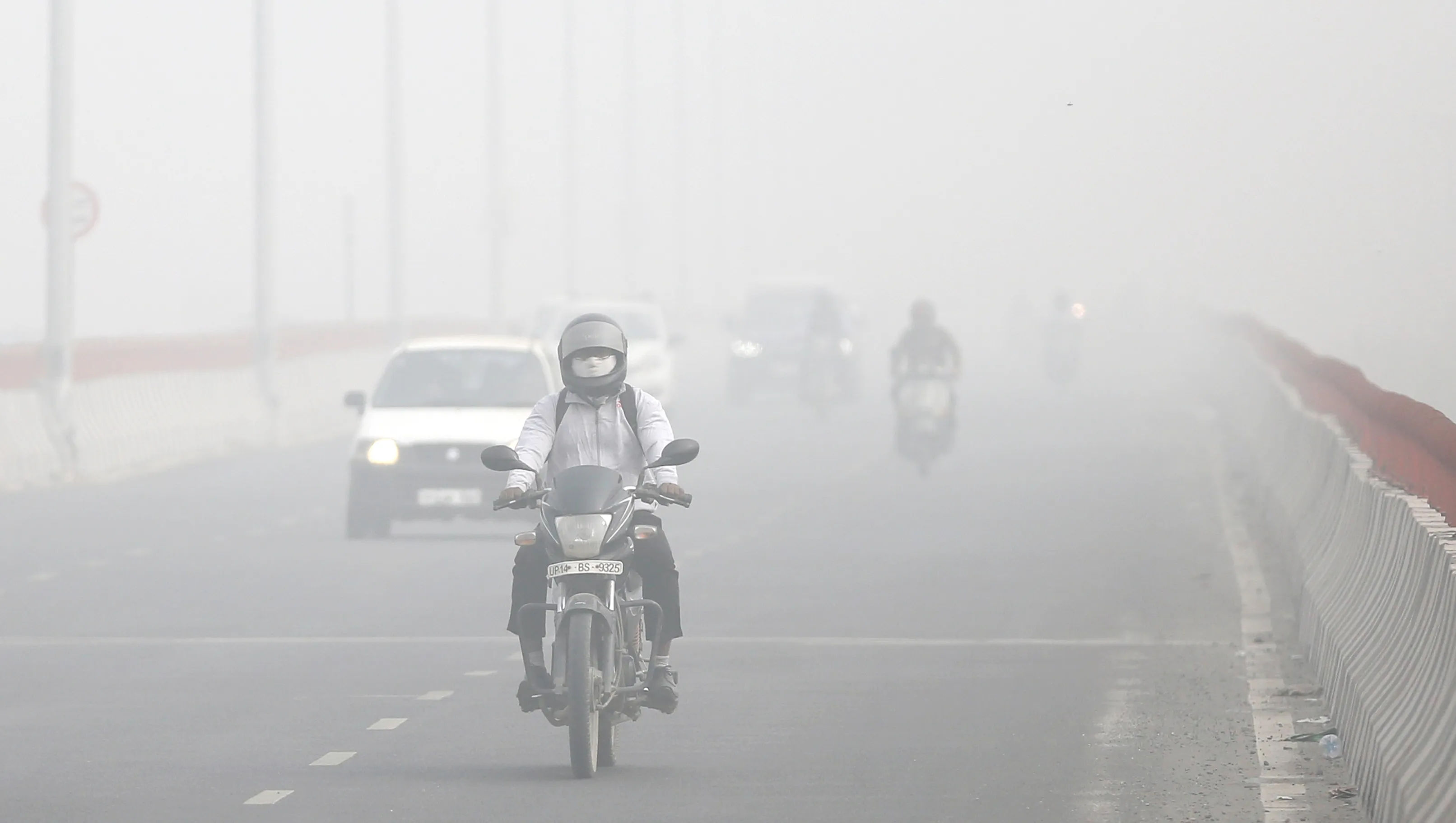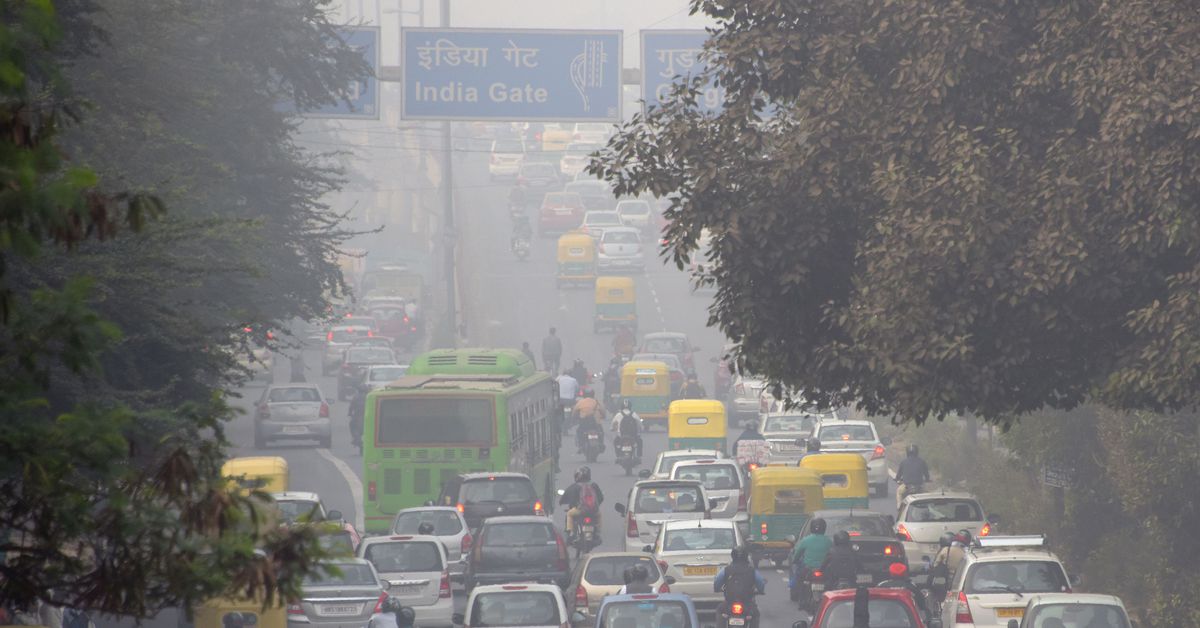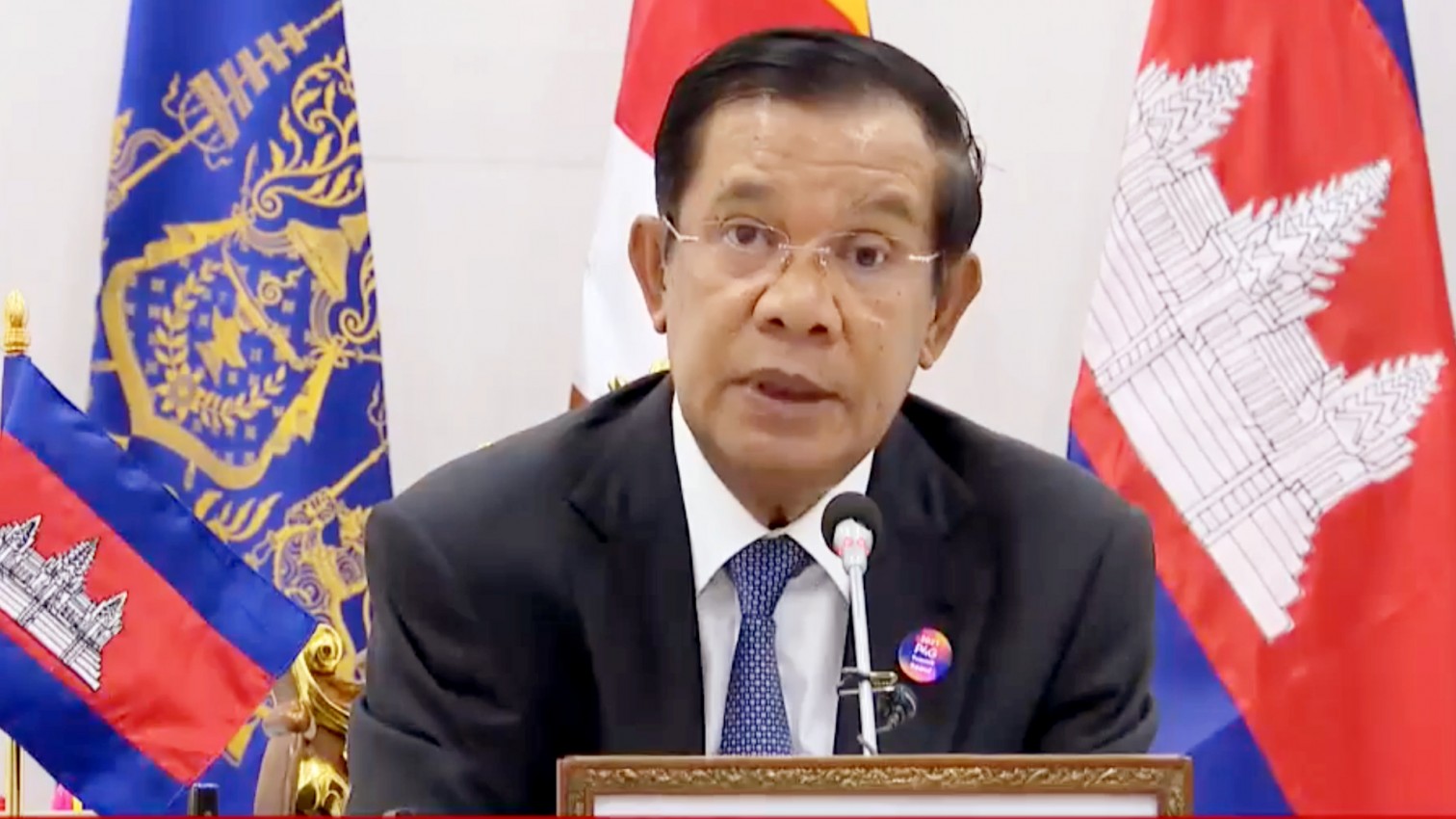INTERNATIONAL: New Delhi and Bangladesh have top the list of capitals and countries with worst air quality in 2021, respectively, according to the latest annual report by the Swiss air quality tech firm IQAir on Tuesday. New Delhi and Bangladesh have held the top spots since 2018, the year records started to be compiled in what is likely no surprise to millions of urban dwellers in East and South Asia experiencing frequent chest congestion, sore throats and stinging eyes, the region last year recorded the highest levels of the most dangerous type of air pollution in the world.
Based on the study released Tuesday by IQAir, a Switzerland-based company operating a real-time air quality information platform, countries and regions in East Asia, Southeast Asia and South Asia suffered from the highest annual average PM2.5 concentration weighted by population.
PM2.5 is atmospheric particulate matter of 2.5 microns (a millionth of a meter) in diameter or less, which can penetrate human lungs and directly enter the bloodstream.
"PM2.5 actually kills more people than any other air quality pollutant," said Glory Dolphin Hammes, chief executive officer of IQAir North America.
A data from the company's global network, Bangladesh is the country with the worst PM2.5 air pollution, while New Delhi in neighboring India ranks at the bottom of the list of capital cities for bad air.
Chad, Pakistan, Tajikistan and India round out the five worst nations for air quality.
Those seeking the cleanest air should head to the southwest Pacific Ocean, to the French overseas territory of New Caledonia, whose main city, Noumea, also ranks at the top for a breath of fresh air among any capital.
Other places where the air is most clear are the U.S. Virgin Islands and Puerto Rico in the Caribbean and Cape Verde, in the Atlantic off the coast of Africa.
Some parts of the developing world lack sufficient monitoring.
"We've identified three underrepresented areas ; Africa, the Middle East and South America.Now that monitoring is at a sufficient level, " IQAir CEO has said, “there are two countries Chad and Tajikistan that are among the most polluted countries that weren't on our report last year."
Developed countries usually have a higher density of air quality monitors than developing countries and regions.
In 2021, air pollution levels have increased from those of the previous year, when there was a decrease due to pandemic lockdowns, which resulted in less ground and air transportation.
Another contributor to the rise in air pollution last year was an increase in wildfires, Dolphin Hammes has said.
"Air pollution is definitely a part of the climate factor formula. How significant exactly is PM2.5 as part of that formula? I believe that's debatable," she has added.
The World Health Organization last September cut the recommended annual PM2.5 limit by half, from 10 micrograms per cubic meter to 5 micrograms per cubic meter, stating that the reduction would prevent millions of deaths.
Scientists have applauded the new guidelines, but worried that some countries would have trouble implementing them, given that much of the world was failing to meet the older, less stringent standards.
Air pollution also takes a significant economic toll, believed to be equivalent to 3 percent to 4 percent of the world's gross domestic product, according to the Greenpeace environmental group.
The annual IQAir reports, which began in 2017, are based on PM2.5 air quality data from what is now a total of 6,475 cities in 117 countries, regions and territories. The global data comes from "tens of thousands of regulatory and low-cost air quality monitoring stations operated by governments, nonprofit organizations, research institutions, and citizen scientists around the world," according to the company.
























